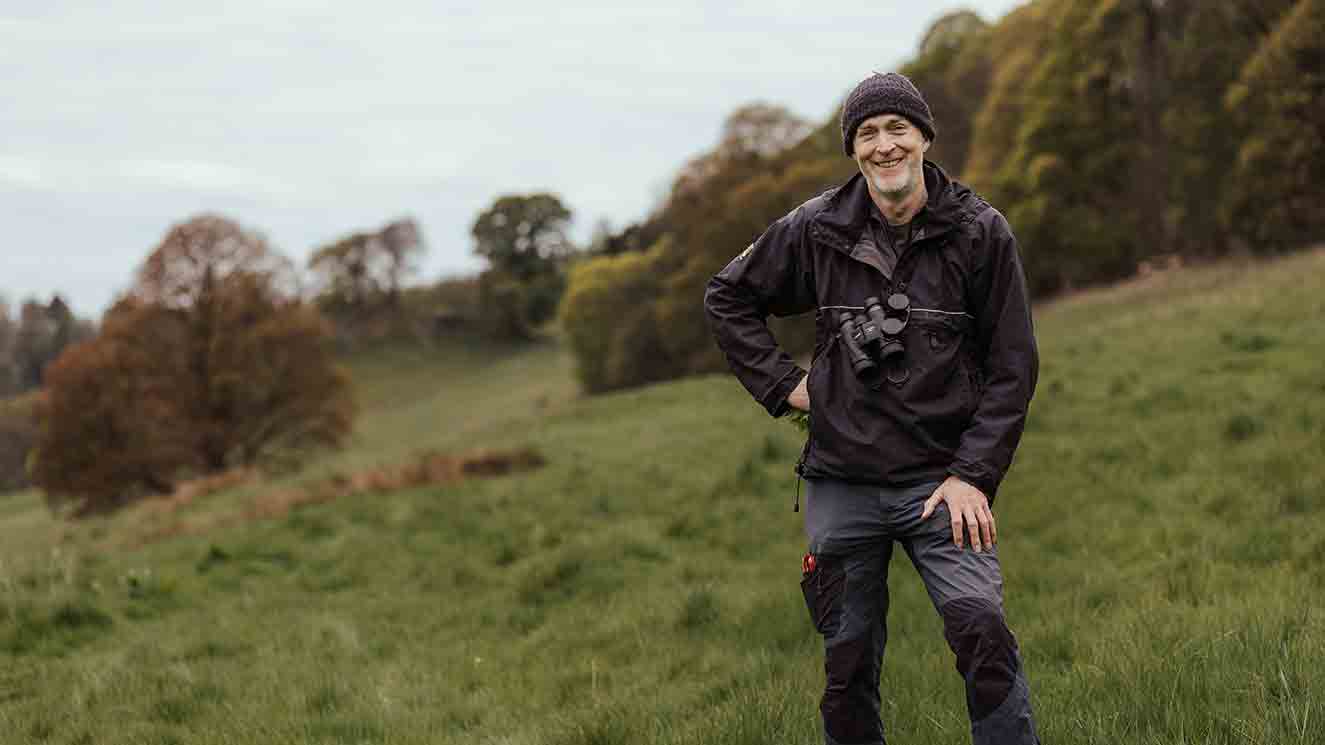Lindsay our Head of Ecology travelled to our forest sites to conduct summer wildlife surveys. Here Lindsay shares a few highlights, including rare wildflowers and insects, touching on the habitat restoration work still to be done.
Summer Wildlife Surveys
Summer is in full swing! I’ve been waiting for months to finally get out and see our properties in their full pride and glory (you don’t want to come across an ecologist who has been stuck inside for too long; we become a grumpy bunch!). It is why I do what I do, and trust me, I never stop appreciating how lucky I am to be able to get out to amazing places, especially when I know many of my colleagues are stuck saving the planet from behind their computer screens most days.
What did you do in July?
My main job throughout July was getting out to several of our sites to check the condition of our habitats and see what wildlife is living there. This work follows on from the surveys carried out by our trusted, very experienced contractors, who have highlighted areas where trees should go and where they shouldn’t, avoiding the best wildlife areas, those pieces of land with groundwater sensitivities, or just areas of open land that will be left unplanted for other reasons.
Why does the habitat condition matter?
Well, if a habitat is degraded or under the wrong management, it will support much less wildlife, it will likely sequester less carbon and it may not function well, for example, by being less effective at natural flood control. We want to know what that habitat needs in order to be at its best and we need the data to allow monitoring into the future.
I can’t overstate enough the importance of getting out and sticking your nose into a habitat to understand what is going on there. Likewise, I can’t overstate the importance of collecting robust data on that habitat in order to monitor our management work; without it, we can’t properly judge if what we are doing is working or not, and we can’t confidently tell the amazing people who support our work that their money is making a difference.
That is the science and aim of my work, but I really want tell you about some of the highlights so far this year….
Wildflowers
Everyone likes an orchid and we have had great displays this year, especially of our most common orchid, Heath spotted-orchid, which has been showing off on our bogs and marshy grassland from Brisbane Mains to Glenaros.

However, I have to say the displays of Common valerian and the toxic Hemlock water-dropwort blew me away at our new Mill of Plunton site.

We saw a great display of the rare Sticky catchfly, which was showing off from the steep crags at Dumyat. However, let’s not forget the less colourful plants – I had a first encounter with the rare (in Scotland) Blunt-Flowered Rush at Mill of Plunton!

Insects Galore
Of course, where there are lots of wildflowers, you get lots of insects. They add further ‘oomph’ to the habitat. We’ve seen very pretty marsh fritillaries at Glenaros and Small pearl-bordered fritillaries at Dumyat, but I’m going to raise a glass to the common Meadow brown, which has been putting on a great display this year.

We all like bumblebees but the unsung heroes of the insect world are the more drab-looking flies, and yes, they play a key role in pollination too. Special mention to the ‘clegs’ (horse-flies) which do like a bit of this ecologist’s blood.

Mammals
I started off life researching mammals and I always have half an eye looking out for my furry friends. Roe deer are a favourite, with bucks, does and recently, kids, dotting around our sites.

Brown hares are a regular sight whilst Quinn, our Forester, and myself were lucky to watch an Otter hopping over grassy tussocks up a hillside at Glenaros.
Birds
Birdlife is quietening down a little now after the main breeding period over April to June. However, there is still lots to see and hear, including Hen Harriers floating over the moorland at Glenaros and feeding Swifts over the bog at Brisbane Mains. One of my pastimes when out on site is trying to locate which bush or young tree the Stonechat or similar Whinchat is calling from, then trying to photograph it.

Habitat restoration work to be done!
As expected, the summer wildlife surveys this year has identified many habitats that need help, others that are doing very well and still others that will require conservation grazing if they are to reach their full potential. We’ve got great biodiversity projects in the pipeline! It’s exciting to see the potential of these places to achieve the goals of halting and reversing the biodiversity crisis, sequestering more carbon and becoming better-functioning ecosystems.
Let’s also not forget that they bring so much to our mental well-being. Sometimes you just need to know they are out there even if you can’t visit them. Summer is not over yet and I look forward to getting out to check up on more of our land, and after that, well, autumn is pretty good too!
Subscribe to help conserve, restore and create wildflower meadows today.




